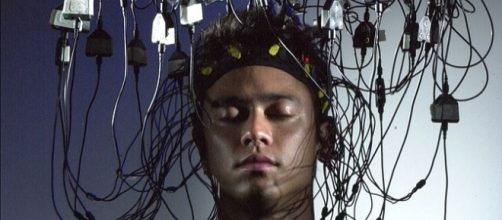Researchers at Wits University in Johannesburg, South Africa successfully connected a Human Brain to the internet. The scientists are calling it the "Brainternet." With the help of both engineers and neuroscientists, researchers were able to do something that no other team has managed to do so far. The goal was to enable interactivity between the brain and the user. The scientists were attempting to create a neurological response by providing stimulus from the user to the brain.
The experiment
Although this is a scientific breakthrough, it is only the first step in a long process of experiments to come.
As of now, the connection between the brain and the internet only works as a technical window. It provides open access to view the neural activity of the brain.
Project coordinator and lecturer at the School of Electrical and Information Engineering at Wits University Adam Pantanowitz said that the ultimate goal was to use the internet to stimulate the brain. Currently, researchers are abe to use EEG readings to monitor brain activity.
The future of neuroscience
Pantanowitz said that Brainternet will hopefully be used in the future to help improve machine-learning algorithms and connect to smartphone apps. With advancements such as these, people would be able to transmit and receive information through Brainternet.
Essentially, the brain could transfer information both ways.
The human brain is a processor for information; however, it is very different from artificial intelligence and digital processors. It will take a long time to be able to reach the results that the current Wits research team is looking for. However, the end goal is to eventually be able to send data via electrical signals from the EEG reader directly into the human brain.
Ultimately, this could change the entire way that humans learn and process information. It would work similar to a download. Imagine being able to simply update one's information on a subject. This process will most certainly be a long and difficult one.
Binary signals are used by computers in order to process information.
This data is transmitted via a system of ones and zeros. The human brain hosts billions of bioelectrical transmissions combined with actions and thoughts. It is an entirely different system of data processing and much more complicated than the binary system. Scientists are now trying to identify which human brain signals represent each thought and action to further understand how to move forward with experiments such as Brainternet.


